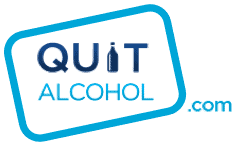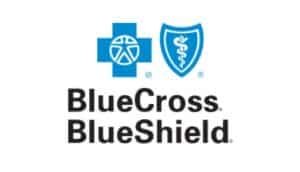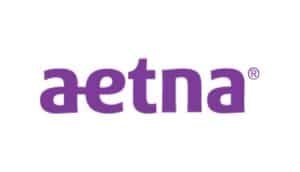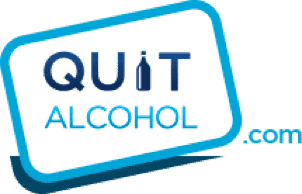As a Social Service Professional including a Master of Social Work and an International Credentialed Addiction Professional spanning three decades, I have seen drug trends span the country however, often these trends tend to be regional. For example, the Crack Cocaine epidemic of the 1980s tended to be more prevalent in the Northeast and urban communities, Methamphetamine heavily attacked the South and West. With the Opioid epidemic not only has the regional trend been shattered, but this epidemic has also hit every community, gender, socioeconomic group, race, and cultural identity. This California article on addiction treatment is factual and looks at several factors in the State of California and the United States of America.
SAMHSA Divisions
SAMHSA breaks up the country into Divisions by region of the Country they are; Northeast, Midwest, South, and west. Each Division which are; New England, Middle Atlantic, East North, Central, West North Central, South Atlantic, East South Central, West South Central, Mountain, and Pacific is made up of several States. A glance at each shows slight differences but every Division and Region would not refute the numbers nor claim they have not been affected by the epidemic.
Of course, this is not to minimize the impact Alcohol Mis-use has on our communities. The focus solely on Opioids or Opiates tells a tale of alcohol use acceptability throughout most aspects of our country. The US consumes alcohol on the regular, simply watch a sporting event on the television and see the ratio of alcohol commercials vs any other category and you will get the picture.
The Opioid Epidemic
The article is a solid and accurate picture of the Opioid epidemic and the role it plays in the country. With admissions, more than doubling it seems the country has a long way to go to address the issues. Pressuring the prescribers to minimize their prescribing practices through various legal and regulatory measures seems to have shifted the use from Opioids to Heroin and if you follow the news today you know that Heroin laced with Fentanyl presumably inexpensive Chinese produced Fentanyl, seems to be the shift. Couple the enormous price tag to purchase pharmaceutical Opioids and the shift is clear, there is a minimal dent in the epidemic and clearly a shift of opiate use rather than eradication.
Of course, leaving Methamphetamine and other amphetamines out of the picture in California would be missing the mark. The article indicates that over the decade reviewed there has not been a significant change in admissions to treatment for Methamphetamine/amphetamines.
A surprise to this writer was the admissions age factors. I would like to see some data, studies or opinion on what has caused the shift in age at admission. My questions would be is access to Health Insurance a factor? What other indicators would come into play and why?
What is Substance Use Disorder?
A huge aspect of the article is the author(s) do not miss the mark in explaining addiction treatment and the variables for diagnosis of Substance Use Disorder. Often, this aspect is overlooked or simply dismissed as assumed. When looking at the overall numbers of individuals affected by Substance Use, i.e. addiction and alcoholism, the numbers are skewed. For instance, often you will hear the authority(s) claim that one in ten people in need of treatment receive treatment. Those numbers are misrepresented, for example; the NIAAA defines binge drinking as a pattern of drinking that brings blood alcohol concentration (BAC) levels to 0.08 g/dL. This typically occurs after 4 drinks for women and 5 drinks for men—in about 2 hours.
The Substance Abuse and Mental Health Services Administration (SAMHSA), which conducts the annual National Survey on Drug Use and Health (NSDUH), defines binge drinking as 5 or more alcoholic drinks for males or 4 or more alcoholic drinks for females on the same occasion (i.e., at the same time or within a couple of hours of each other) on at least 1 day in the past month.
Let’s look at a college student today or at any time in our history, to be frank, This could be a tailgating event at the Homecoming game, followed the next week by a big rival coming to town to play… I am sure you get the point, does this constitute the need for residential treatment? Thus the explanation of the process of diagnosis and Level of Care for treatment is solid.
The article points out great points as to the impact on California as a whole, of course, this is a national issue as well. Overdose deaths have increased significantly through 2017 with the President declaring the Opioid Epidemic a public health emergency. Fiscal issues for the country should always be accounted for, however, the numbers of the impact of this epidemic on the country are enormous at $1 Trillion.
The final point the author makes in the article is on point, the action is needed. Finding solutions rather than simply pointing out the issue is essential. A multi-tiered approach including education, harm reduction, regulatory intervention, awareness and most importantly, Substance Use Disorder Treatment!











